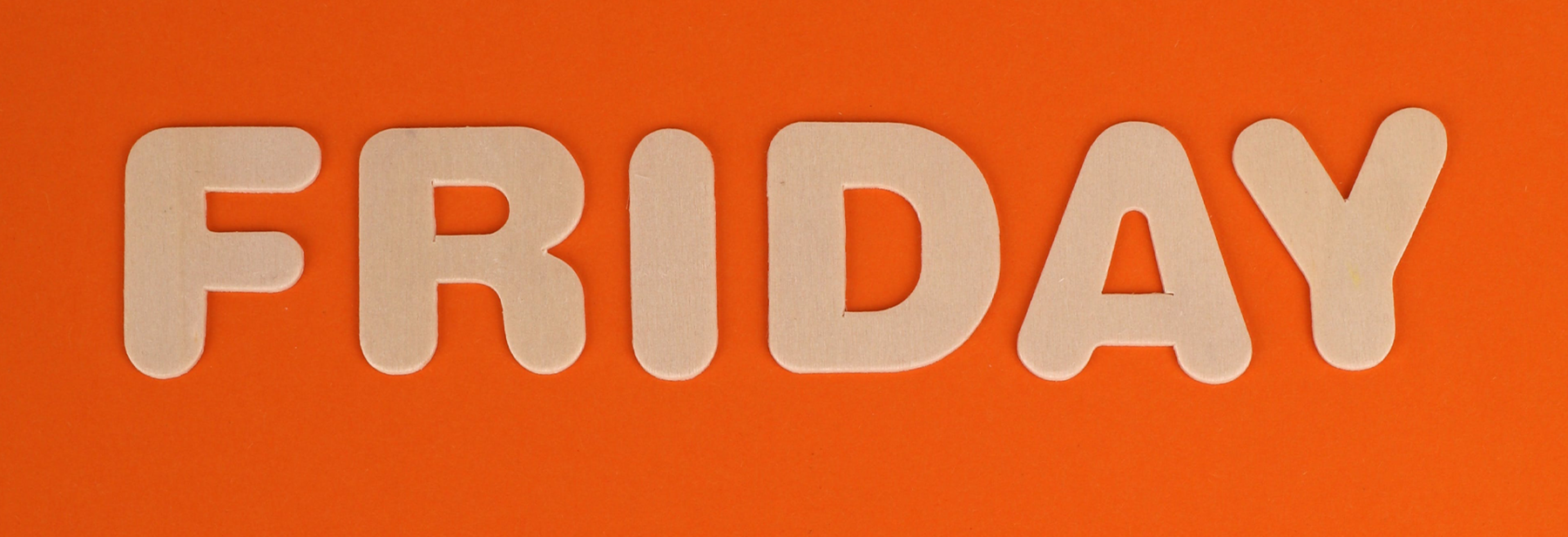
ServiceFriday: Riveting Research on Restaurant Reviews
To celebrate the 500th episode of The Late Late Show with James Corden, Corden invited world renowned chef Gordon Ramsey to participate in a skit with himself and Big Brother’s host Julie Chen. Ramsey, never known for his patience or holding back on his critiques, absolutely levels Chen in the skit by holding a piece of bread on each side of her head and asks her vehemently what is she. Chen’s response, “An idiot sandwich.”, quickly became an iconic meme befitting of the time. All jokes aside, Ramsey may be looked on in a negative light for producing some anger intensive reviews of food and restaurants but consumers everywhere use reviews like his when making a decision on restaurant choice. But what exactly are consumers looking for and using in their decision-making process when looking at restaurant reviews?
According to a study recently published in the Journal of Services Marketing by researchers Esther L. Kim and Sarah Tanford, et. al., there may be multiple cues that impact consumer’s decision-making in the context of a restaurant online review site. The researchers initially believed that the review prototype (“the most helpful review”), effort (distance), and involvement (occasion) were all cues that could affect a consumers choice of restaurant.
A total of 208 participants were recruited and they were asked to assume they were planning a casual weeknight dinner out or a special weekend dinner for a birthday. The website’s first screen showed a picture of the restaurant and the prototype (either positive or negative) with a map showing how far the restaurant was(either 4 miles/10 minute drive away or 36 miles/60 minute drive away). The second screen showed the same picture and distance manipulation but
offered a set of six reviews with half of them being positive and half being negative. This was done to keep the set of reviews identical in all conditions.
The results showed that participants will be more likely to choose a restaurant with a positive prototype versus a negative one and that they are also more likely to favorably evaluate a restaurant if the prototype is positive. Researchers also discovered that the influence of the prototype is more pronounced when the restaurant was 60 minutes away versus 10 minutes, partly due to the participants relying more heavily on the prototype (as opposed to the other, “less helpful” reviews) when the distance was farther. They also found that participants were willing to pay more when the occasion was special versus casual and this finding was magnified when the restaurant was farther away.
Managerial implications
A key insight the researchers uncovered was the influence of the prototype on consumer’s decision-making when using a restaurant review site. Researchers suggest managers pick the most positive review and use it as advertisement. They also suggest mitigating the effects of negative reviews by promptly responding to said reviews with appropriate compensation. “A manager’s genuine responses to negative feedback will decrease negative perceptions about the
business while increasing the credence of online reviews.” The occasion of the dinner outing was another cue to their willingness-to-pay. This is why researchers recommend managers promote special event deals (e.g. birthday or anniversary packages) to attract customers and increase willing-to-pay. Another possible avenue to increase
willingness-to-pay is to offer reward programs such as gas gift cards for those who may be incentivized to drive further and subsequently pay more.
To read the full article, go to the Journal of Services Marketing at this link. (A fee may apply.)